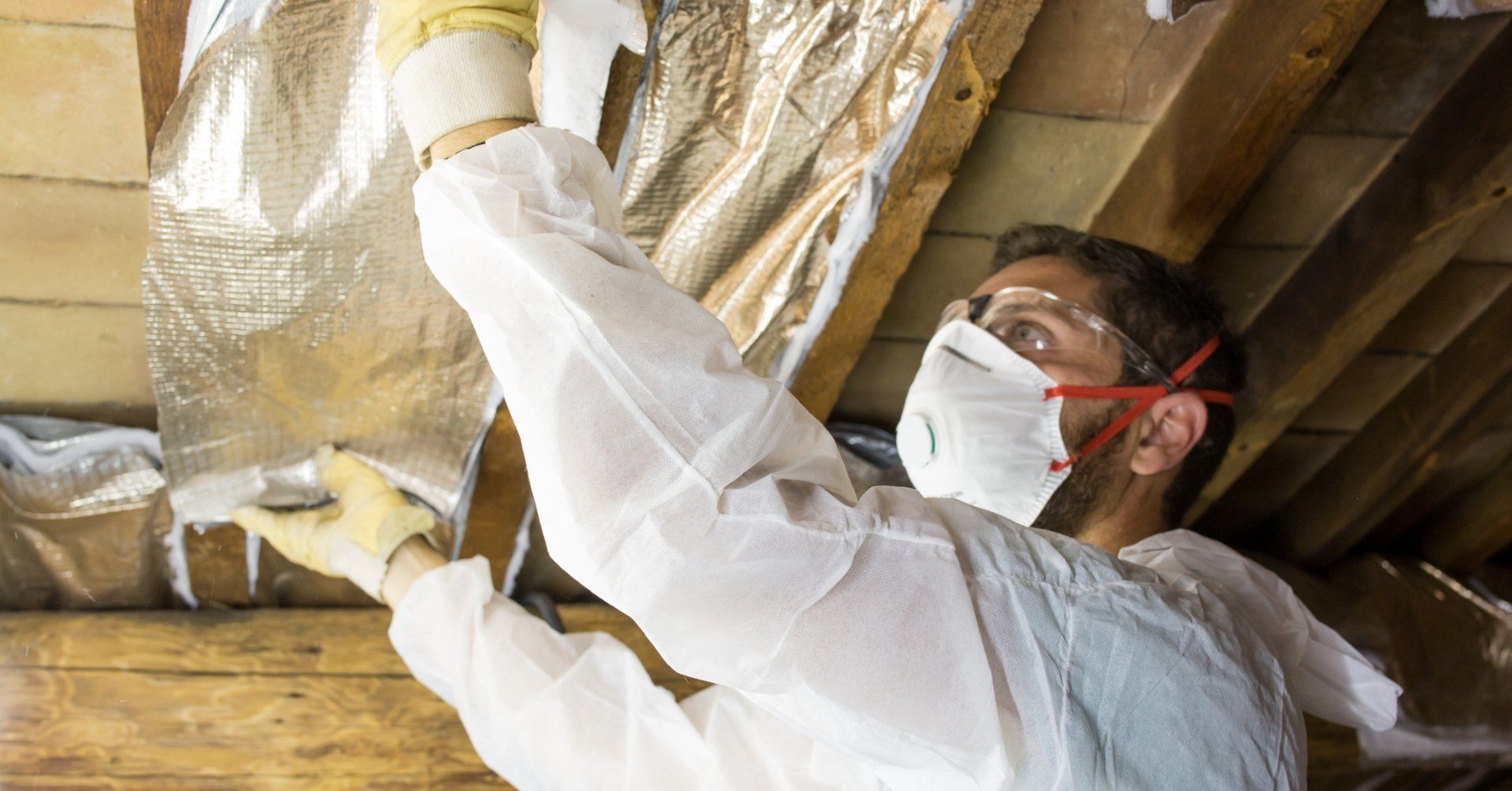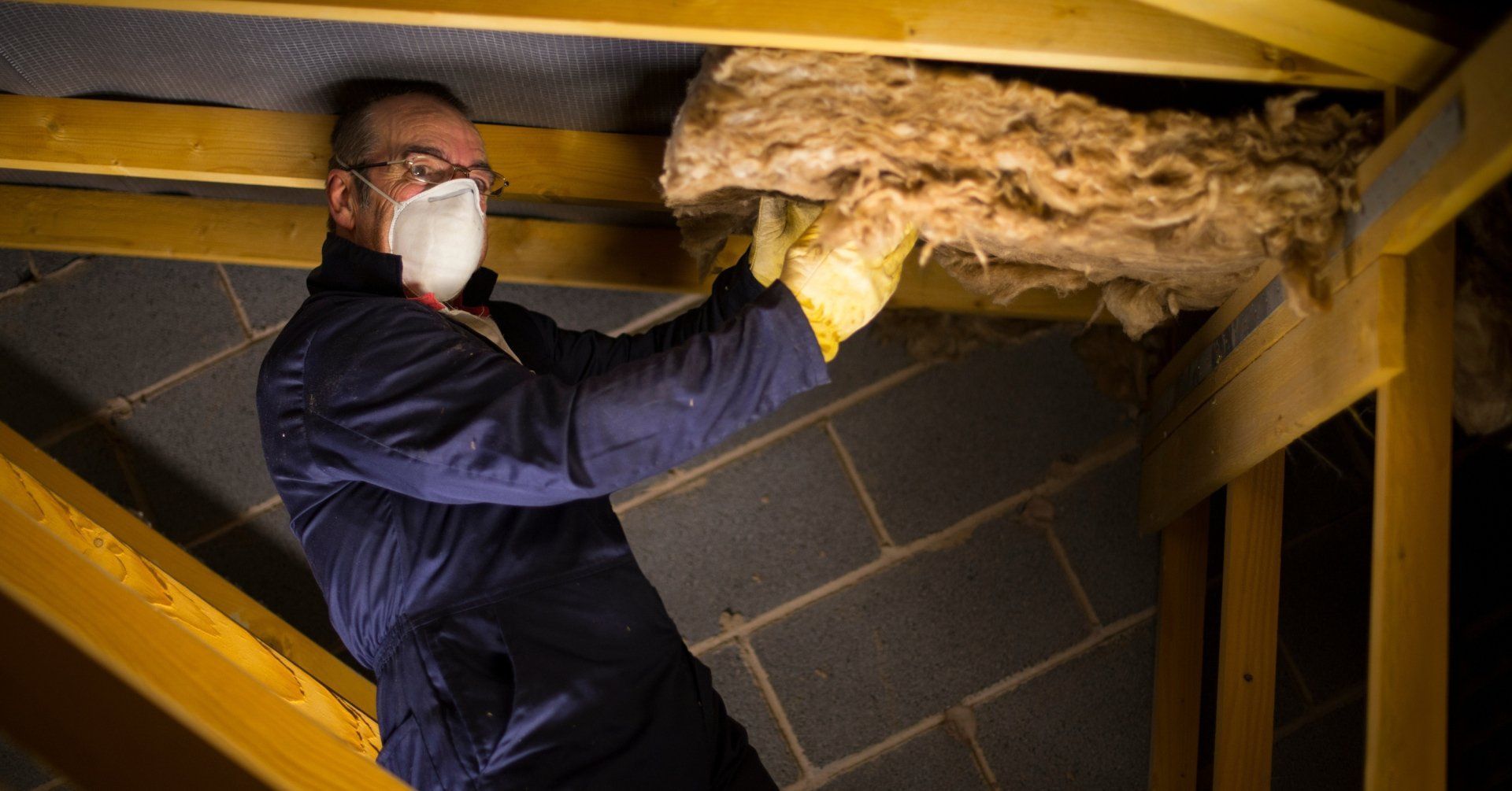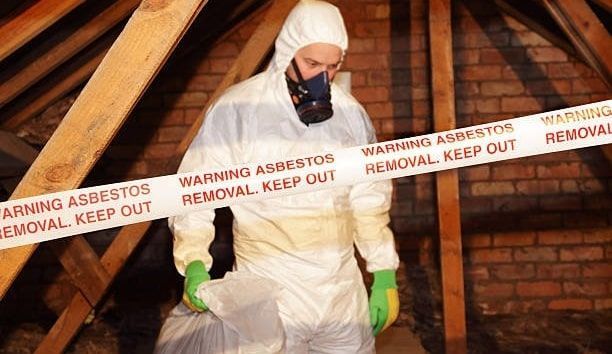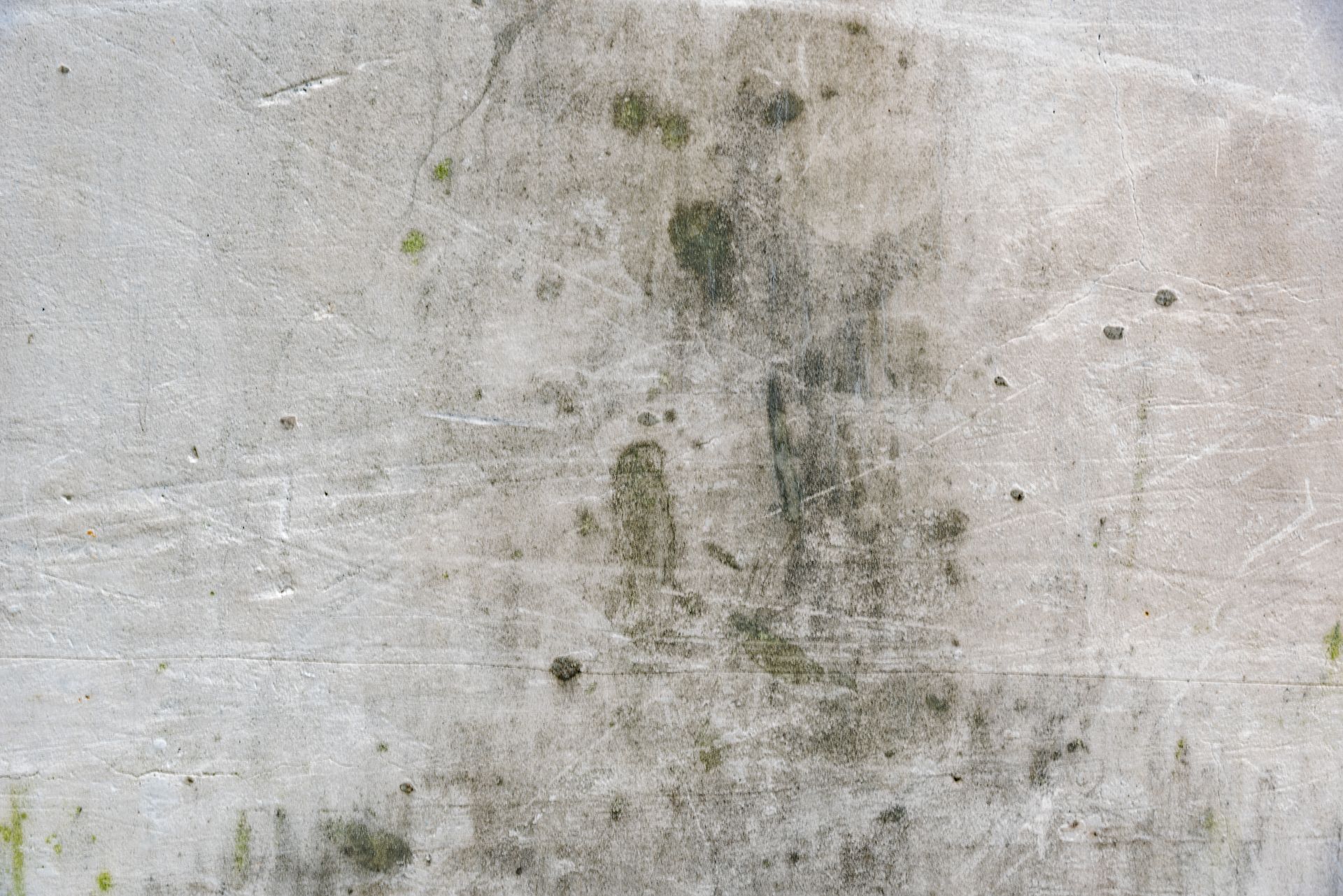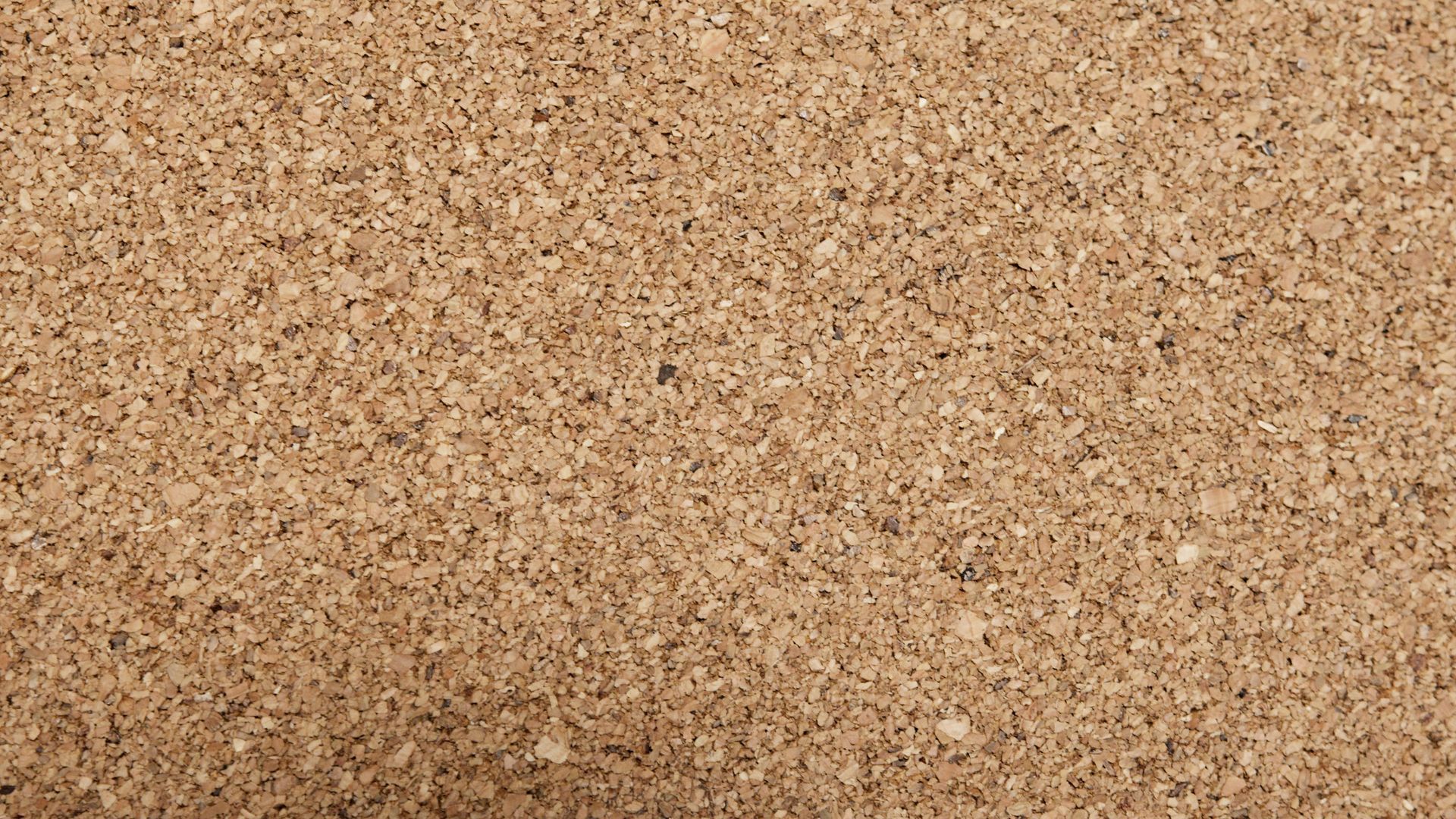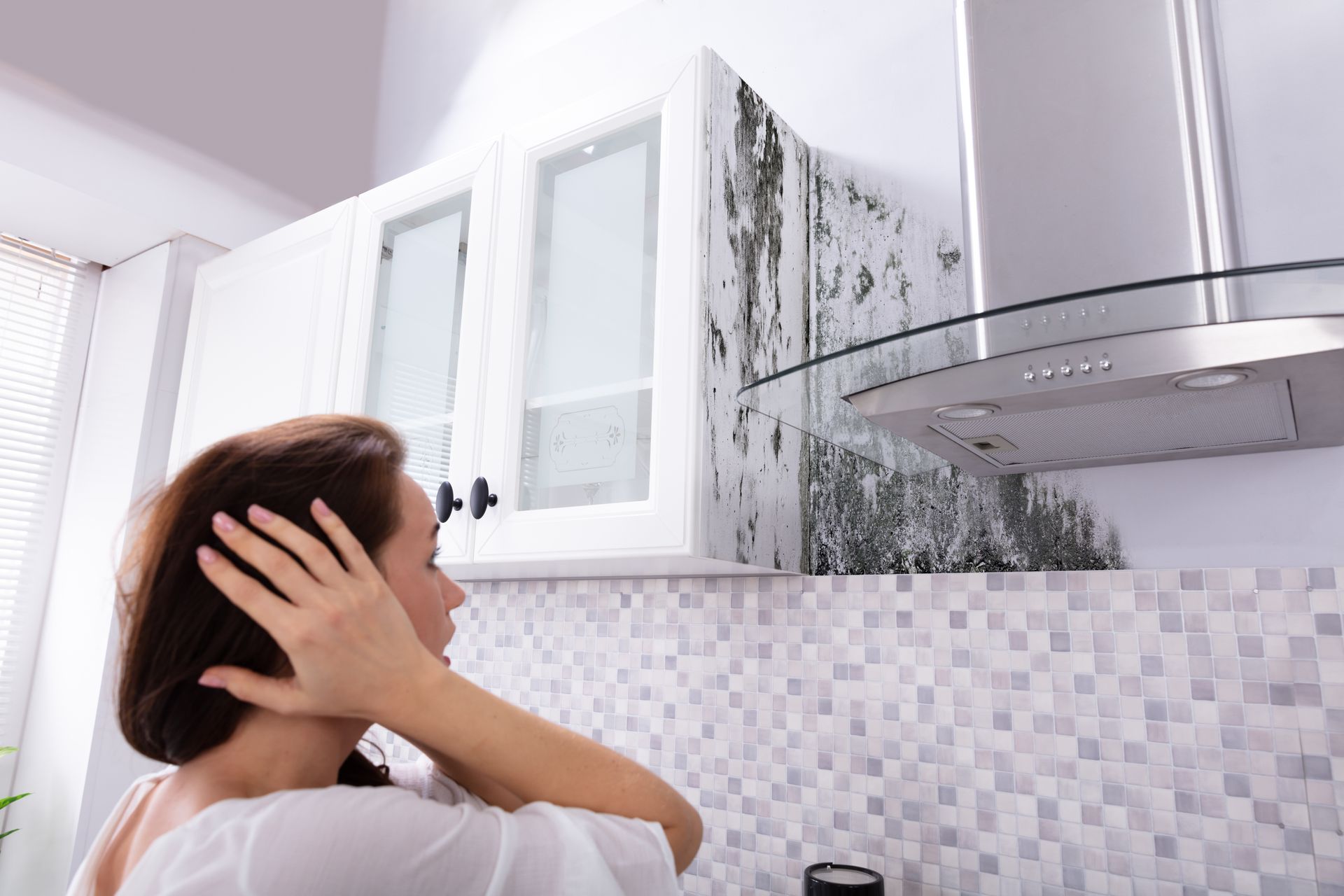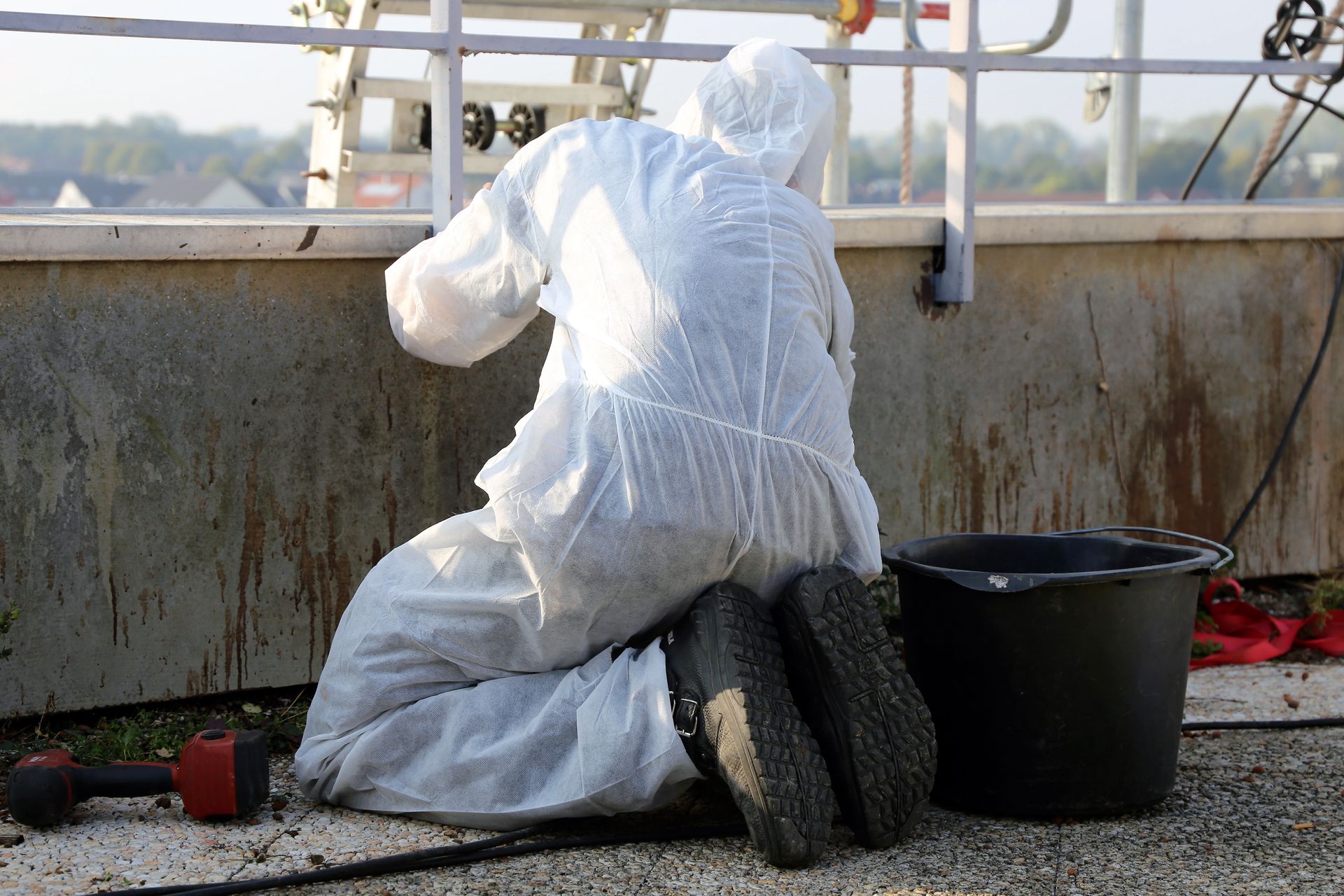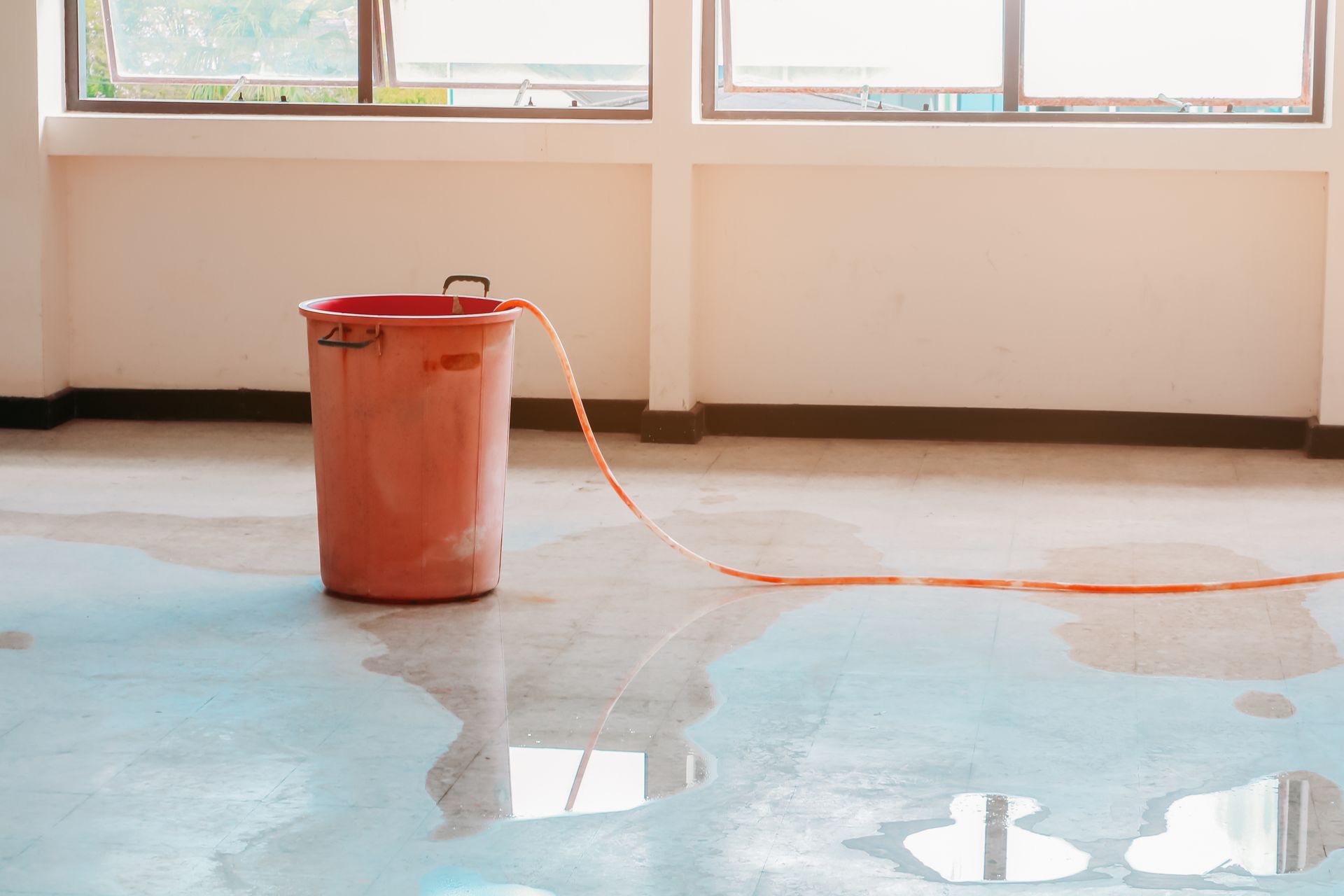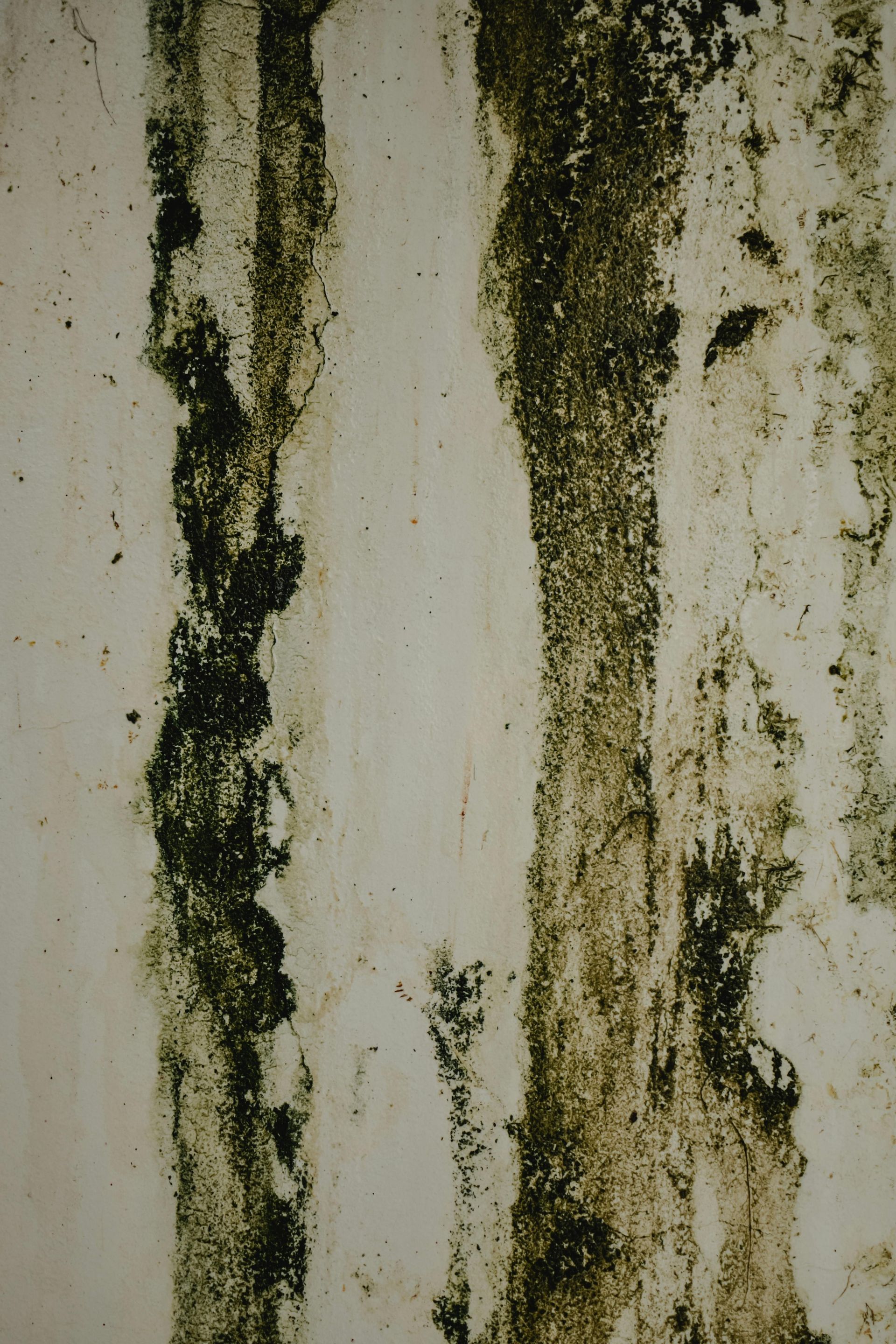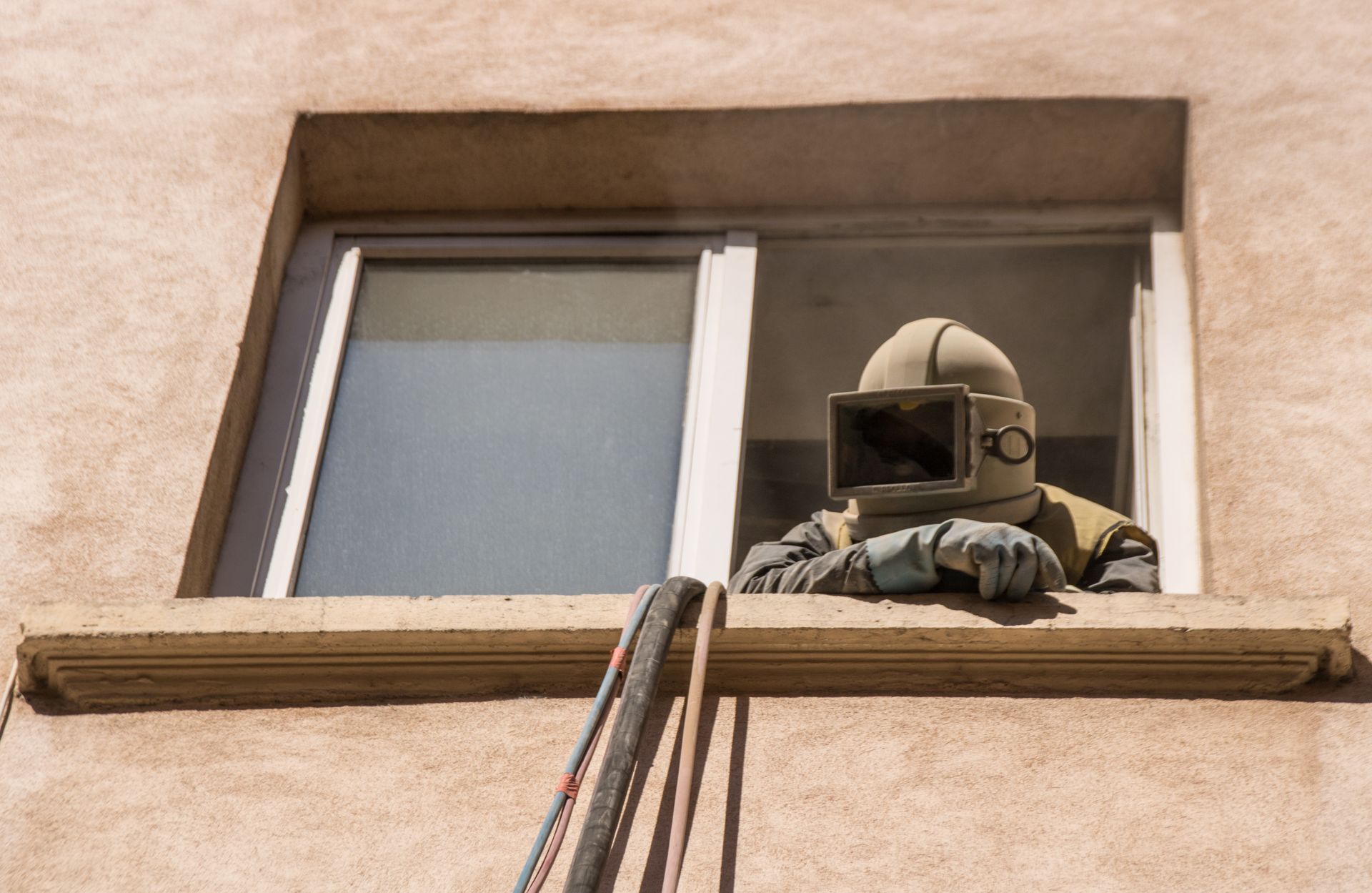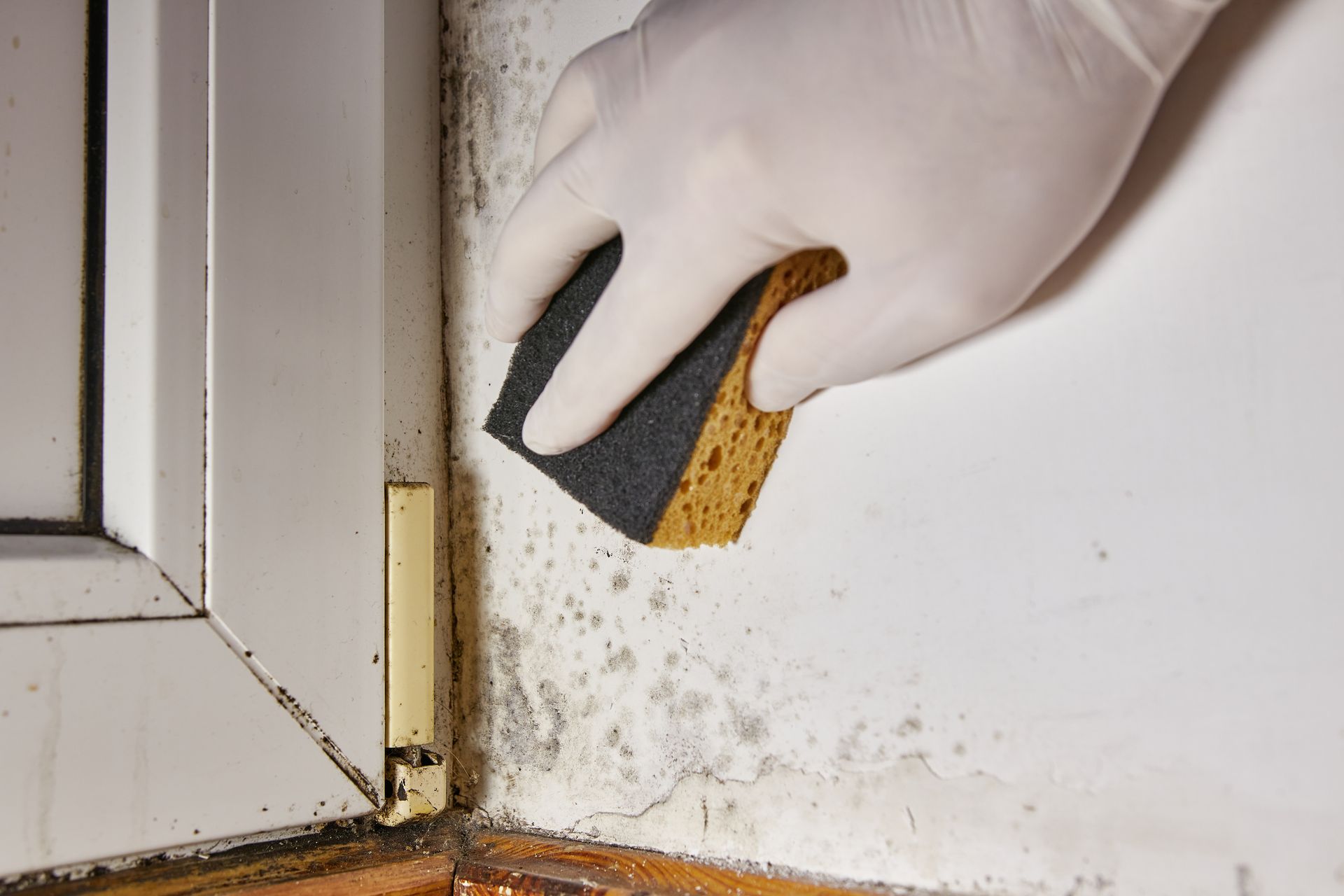Understanding Vermiculite Insulation Hazards and Why It Must Be Removed
Vermiculite insulation has long been a popular insulation choice for homeowners and businesses all over the world, particularly because of its cost-effectiveness and ability to provide a high level of thermal protection to both residential and commercial buildings. However, recent research has pointed to a possible link between the vermiculite insulation used in certain buildings and the increased risk of certain health problems. Thus, many building owners are now questioning whether vermiculite insulation should be removed, potentially leading to costly removal and replacement of the material.
In this blog post, we take a look at why vermiculite insulation must be removed, detailing the dangers it presents and the best methods for vermiculite removal.
Why Vermiculite Insulation Must Be Removed
1. Vermiculite insulation commonly contains asbestos. Vermiculite insulation that was mined in Libby, Montana between 1920 and 1990 contains very high asbestos levels, making it an especially dangerous insulation material. Asbestos precautions need to be taken - such as getting specialized equipment and wearing protective clothing - during any process of vermiculite removal.
2. Vermiculite insulation can pose potential health risks. Exposure to asbestos in vermiculite insulation, particularly over long periods of time, can increase the risk of developing diseases such as lung cancer, asbestosis, and mesothelioma. It is important to note that not everyone exposed to asbestos will develop these diseases, but it is important to take the proper safety precautions when dealing with vermiculite insulation.
3. Vermiculite installation may become damaged due to condensation, moisture, or other causes. These issues could lead to an increased presence of asbestos in the air, as the insulation may flake and become airborne. This could lead to unexpected exposure to asbestos in the surrounding area, making it imperative to remove the insulation.
4. Vermiculite insulation can be prone to fire hazards. Fibers in vermiculite insulation can break off and potentially cause a fire. This is why it is important to have it removed if it is perceived to be a hazard. Furthermore, vermiculite insulation is known to be very difficult to extinguish, making it essential to get it replaced with a more fireproof option.
5. Regulations may require vermiculite removal. Depending on where you live, local or state regulations can require the removal of vermiculite insulation if it is present. If you are obligated to remove it, it is important to research which regulations apply to you and know the required safety methods.
6. Homebuyers may be deterred by the presence of vermiculite insulation. Buyers may be hesitant to purchase a home with vermiculite insulation, due to the potential health risks and fire hazards associated with it.
7. Vermiculite insulation in older buildings may not provide adequate insulation.
Vermiculite insulation can deteriorate over time and may no longer provide the necessary thermal protection. While not everyone needs to get vermiculite insulation removed, those in an older building should consider investing in new insulation if their vermiculite is worn and weak.
8. Vermiculite insulation can cause air circulation issues. Poor air circulation can result in uncomfortable living spaces, as vermiculite insulation can be prone to clumping and settling. Clumps can form and block airflow, so removing the vermiculite insulation can help improve air circulation.
9. Vermiculite insulation can have a negative effect on energy efficiency. Vermiculite insulation tends to be less energy efficient because it does not provide as much thermal protection. Over time, it can lead to increased energy costs and reduced savings from insulation.
10. Old vermiculite insulation may contain mold. Mold growth in insulation is common in older vermiculite insulation, which can lead to a number of respiratory issues and a decrease in air quality.
11. Vermiculite can have unwelcome insects. Vermiculite insulation can attract insects, including silverfish, due to its small composition. This can lead to infestations that require vermiculite removal and insect control treatments.
12. Vermiculite insulation can also absorb odors. Odors can be absorbed into vermiculite, making the home or business smell bad. This may require vermiculite removal and replacement with more odor-resistant insulation.
13. Vermiculite insulation can present a noise problem. Vermiculite insulation can be weaker than other insulation materials and can lead to increased sound transmission. In cases of excessive noise, vermiculite removal may need to be done in order to improve the acoustics.
14. There are many alternatives to vermiculite insulation. The process of removing vermiculite insulation is often necessary, however, it is important to research what options are available for replacing the insulation. There are many alternatives to vermiculite insulation such as spray foam insulation, cellulose insulation, and fiberglass insulation.
Vermiculite insulation is a popular insulation material due to its affordability and ability to provide good thermal protection. However, it is clear that there are several reasons why vermiculite insulation should be removed. The health risks posed by this product and the decreased energy efficiency arising from using it are too great to ignore. Remediation and removal of vermiculite insulation should only be done by certified professionals who are highly trained and experienced in the appropriate techniques and safety measures required to remove this hazardous material. This will ensure that all necessary precautionary steps have been taken to protect the health and safety of you and your family.
Vermiculite Insulation Removal with Hassle-Free Service from Hathaway Environmental
Hathaway Environmental is proud to offer vermiculite insulation removal services in Cleveland, OH, and the surrounding areas. This type of insulation is no longer recommended for use due to the presence of asbestos, a known carcinogen. As such, if you have vermiculite in your home, it is important to have it removed in the safest manner possible.
At
Hathaway Environmental, we are committed to providing quality and safe vermiculite removal services to our clients. Our team of experienced professionals utilizes the latest equipment and techniques when performing vermiculite insulation removal to ensure that the process is thorough and efficient. We also take necessary precautions to prevent the spread of hazardous asbestos during the removal process.
In addition to our removal services, Hathaway Environmental also offers repair and replacement services. Should you wish to replace vermiculite insulation, our team can help you find a suitable product for your home. Call us today at
(216) 538-8355 for a free estimate. Allow us to take care of your vermiculite insulation removal needs and help ensure your home is safe and hazard-free.
